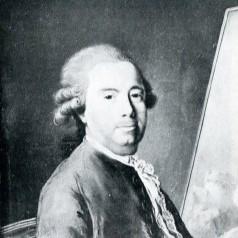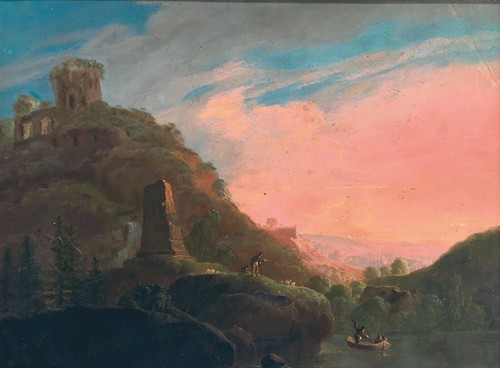

Frantisek Xaver Prochazka
František Xaver Procházka was a Czech painter, graphic artist and restorer.
Procházka attended the Piarist gymnasium run by Gelasius Dobner. From 1762 to 1763 he trained in the painting and restoration workshop of Jan Kastner, in the workshop of Norbert Grund (1764) and then in the painting school of Carl Michori in Dresden from 1764 to 1768. In 1769-1771 he accompanied Prince Schwarzenberg in Germany, Austria and Italy. Between 1772-1773 he returned from his travels, settled in Prague and in 1787 bought a house in Nové Město.
Procházka initially painted altarpieces and, after losing commissions, made a living as a restorer. As a restorer he saved, among other things, Rubens' paintings of the main altar of the Lesser Town Church of St. Thomas (now in the National Gallery) in 1786 and repaired Reiner's fresco in the Chapel of St. Barbara at Hradčany (1804).
It was only after 1800, in response to changing demand, that he began to paint landscapes. He followed the tradition of Czech Rococo landscape painting and applied similar motifs to Norbert Grund or Ignác Raab. In his rare Rococo figurative paintings he refers to František Xaver Palek. In line with the early Romantic literature of the time (Salomon Gessner), he adopted an idyllic conception of landscape, into which he composed ruins or fragments of ancient columns. According to surviving practice, he created complementary counterpart images providing a panoramic view. Sentimentally coloured landscapes, where colour was the main artistic device and the shimmering, soft and illusory light still influenced his followers of the Haushofer school.
